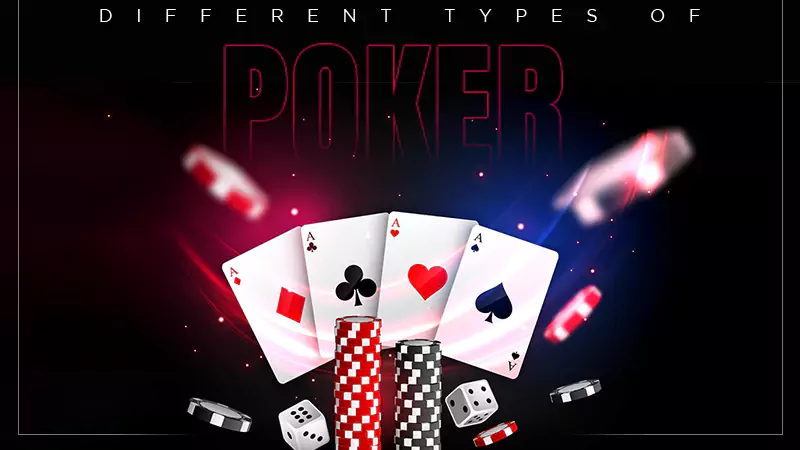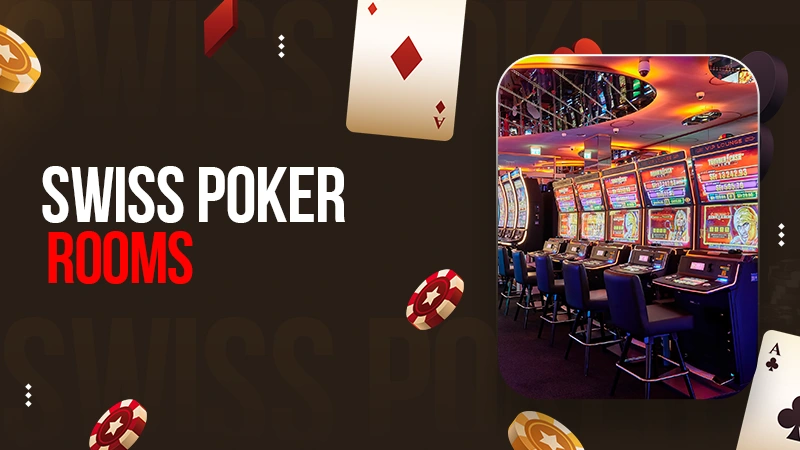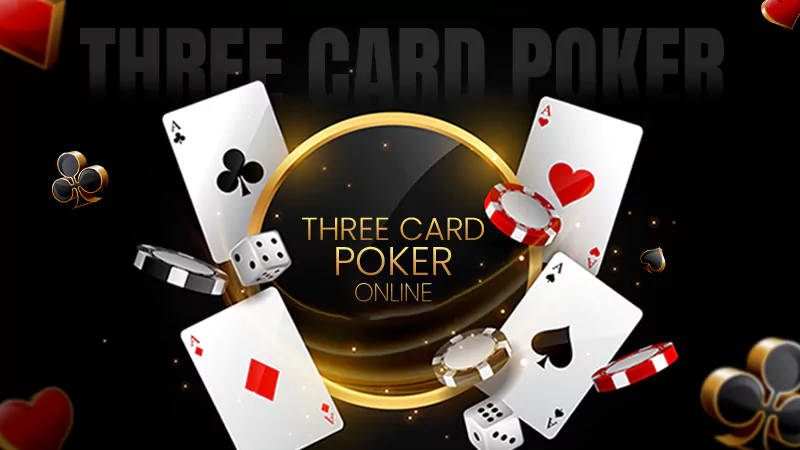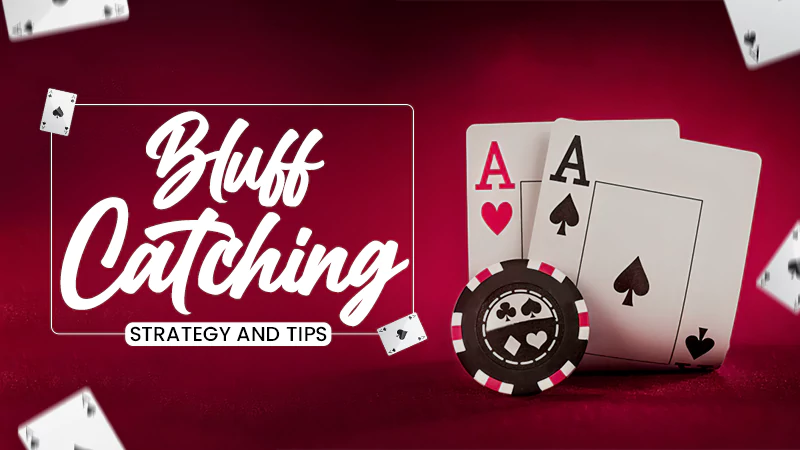
Poker is one of the most popular card games in the world. Historical records have shown that humans have played (and gambled on) card games for centuries.
With so much history behind the game, it has developed some interesting variations – both offline and online. Poker is one of the most preferred choices played at online casinos.
Most new casino sites available now offer wagering opportunities to their users due to the surge in online lotto gaming and tournaments.
Below, we’ll look at a few examples of the variations that you might want to try on your next night, or when playing at an online casino.
Texas Hold’Em

Most poker tournaments, game nights, and casinos use this version of poker. Although it may not necessarily be the most complicated, it is the game that invites multiple betting rounds and some real nail-biting conclusions (plenty of opportunity for bluffing to win a big pot).
The game aims to have the best 5-card hand, made from the two pocket cards you have and five communities that come out in stages.
The initial deal sees you getting two cards in the hole, face down, that remain private to you. Then the first three community ones are laid out, followed by a round of wagering.
Two more open-ended ones are laid, one at a time, with a betting round in between.
Aces are high, and the tension can be too – making this an exciting variation to play.
Did You Know?
Reports show that the average pot size in Texas Hold’em is 19.1 big blinds!
5-Card Draw
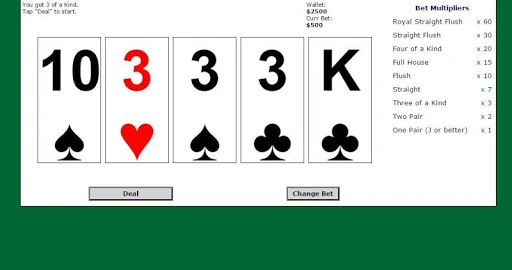
Draw poker games allow players to change their cards if they want to – and in this version, each player is dealt five that they keep to themselves.
If they want to, they can trade in up to three of the cards that they have with them; this is a risk, as the aim of the game is to have the best 5-card hand possible at the end.
This version is simple to play and much quicker to complete a round than most of the other types, which makes it ideal for beginners and for those without much time to play.
7-Card Stud
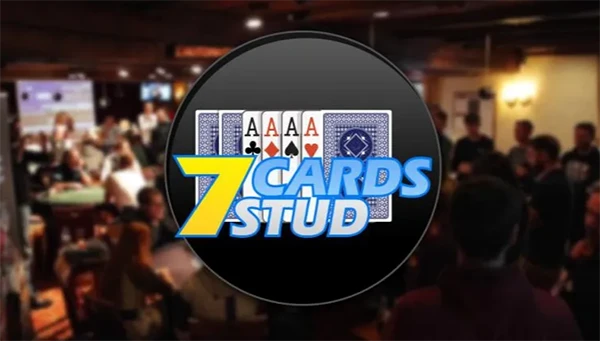
In a stud poker game, players cannot swap out their cards – they need to make the best hand out of what they are initially dealt.
In a 7-card stud, each player is provided with seven cards. Three of these are arranged face down and kept private, while the last four are flipped face up so everyone who is playing can see what you have. These aren’t community ones; they cannot be used by other users to make a good one.
The winner is the person with the most effective 5-card hand, made up of the seven cards that they have.
Badugi

Badugi is a version of draw poker that gives players more opportunities to build a good hand – especially as their winning position only needs four cards.
Initially, each player is dealt four of those. Then there is a round of betting, after which the player can decide to draw up to four cards to replace what they have in their hands.
The wagering structure is very similar to Texas Hold’Em, but in this game, the aces are low rather than high. The best position to have is one that consists of four distinct ranks and suits.
Omaha
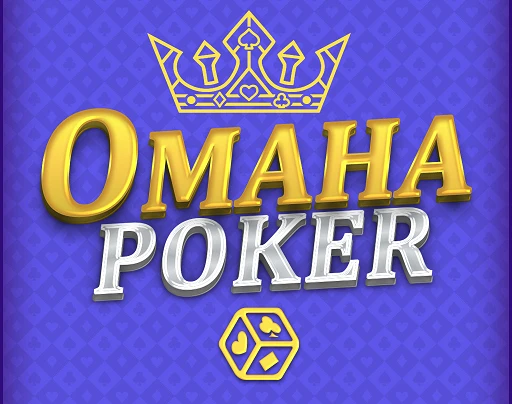
Omaha poker (sometimes referred to as Omaha Hold’Em) is a community type that has many similarities to Texas Hold’Em.
Each player is dealt four cards in the hole, and there are five community ones– although, unlike Texas Hold’Em, these are all dealt together from the beginning. There are four rounds of betting, and the winner is the one who has the top 5-card hand at the end.
Bluffing can work wonders here, much like in Texas Hold’Em, allowing players with a poor deal to still walk away with the pot if they can convince the other competitors that they have the best hand.
Razz
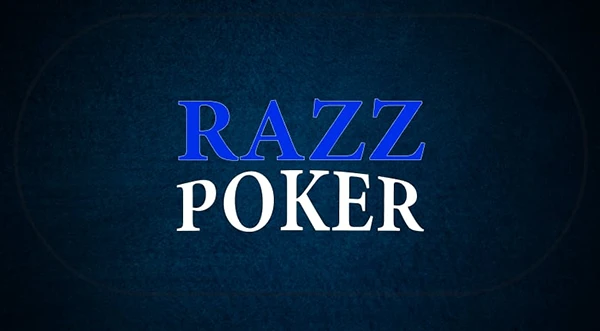
Razz is a poker variant that follows the stud format of the game – so you can only play with the cards that you have been provided with, and you can’t swap any or make use of community ones.
It is the lowest-ranking 5-card hand that wins, and the ace is low. You start with an ante bet, with two cards shuffled face down, and one card face up (known as the door card).
There is then a round of betting wherein each card is placed face up after that is followed by a round of wagering, and then the final (seventh) card is dealt face down.
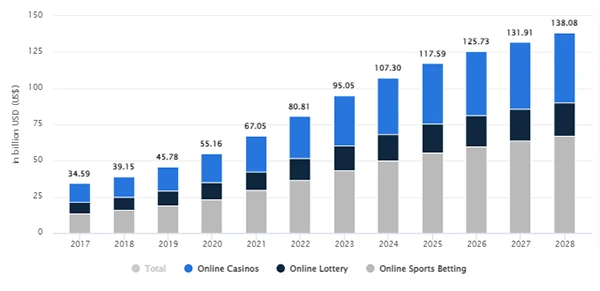
Did You Know?
The expected result of the market volume of US$138.10bn by 2028, with an annual growth rate (CAGR 2024-2028) of 6.51%!
The maximum number of players that can be involved in the game is 8 – even then, if every player remains even at the end, there aren’t enough.
The dealer will place the last card in the centre of the table for the remaining participants to use as their seventh card, which is the only point in the game where there is a community one.
On a final note, these are some extremely popular variations available on virtual platforms. Feel free to try them as well as other variations to figure out which option works the best for you.
